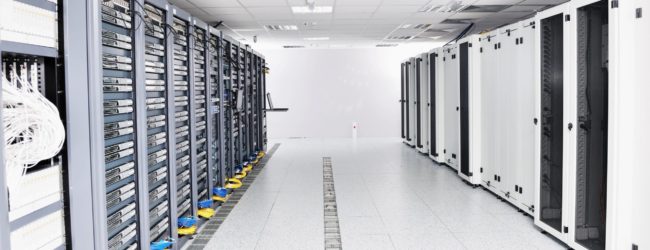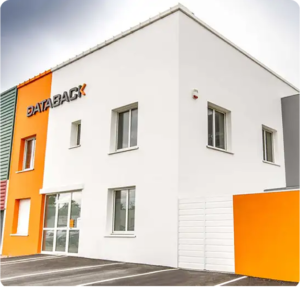How to recover data from a RAID system?
Recovering data from on a RAID system is much trickier than recovering data from single hard disks. As RAID systems are based on the aggregation of several hard disks into clusters, it is necessary to consider the architecture on which the system is based.
Faulty RAID system: what to do?
With the exception of RAID 0, RAID systems are fault-tolerant, depending on their configuration: mirroring backup, parity-based data reconstruction, etc. Intervening in a RAID system nevertheless requires certain precautions to avoid aggravating the situation.
Tip 1: Back up your data
To prevent RAID system failure, make a regular backup of your data. Alternatively, perform a data backup or even clone the faulty RAID system before intervening.
Tip 2: Diagnose the fault
RAID systems are subject to mechanical failures, electronic failures, logical failures of hard disks… However, the aggregation of these can make it difficult to detect a failure within the RAID. It is therefore essential to check regularly that each hard disk is accessible, and that the RAID system is not operating in degraded mode.
Tip 3: Cut the RAID’s power supply
In the event of failure, breakdown or disaster, it is advisable to cut the power supply to the RAID system. Regularly subject to cascading failures due to hard disks from the same series, RAID systems require the intervention of a certified laboratory to recover the data and restore the system.

How do I recover data from RAID 1?
- Adopt the same precautions as for a conventional hard disk failure.
- Clone the cluster’s healthy hard disks to save data.
- Replace the faulty hard drive and synchronize the data.
- If in doubt, or if several hard drives have failed, contact a laboratory.
How do I recover data from RAID 5?
- Follow the same precautions as for a normal hard disk failure.
- Clone hard disks to back up data and recover parity blocks.
- Replace the failed hard disk, respecting the RAID architecture (disk rotation, etc.).
- Rebuild data from parity blocks on other hard disks.
- Do not attempt to rebuild if several disks have failed, contact a laboratory.









